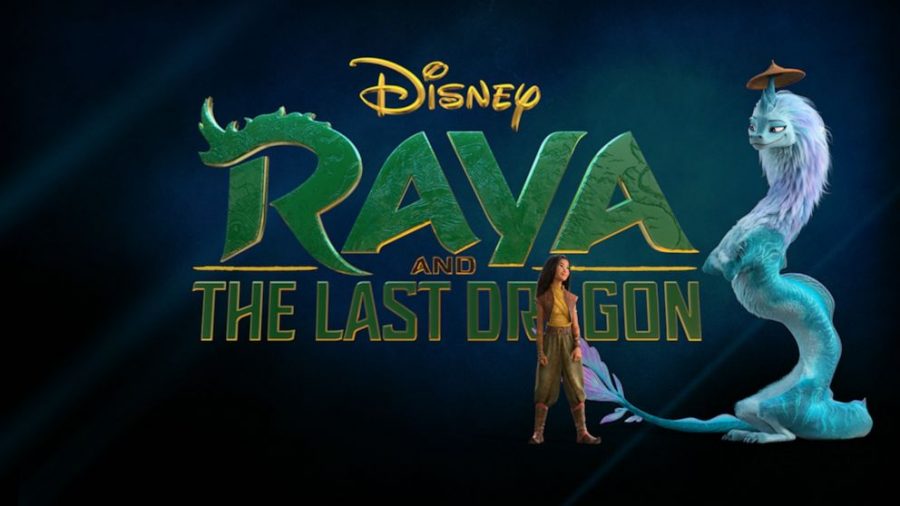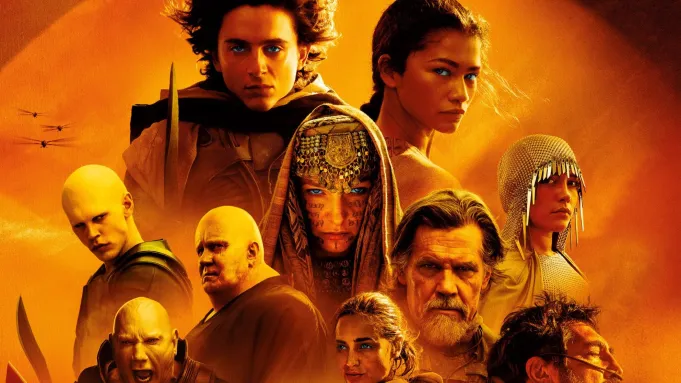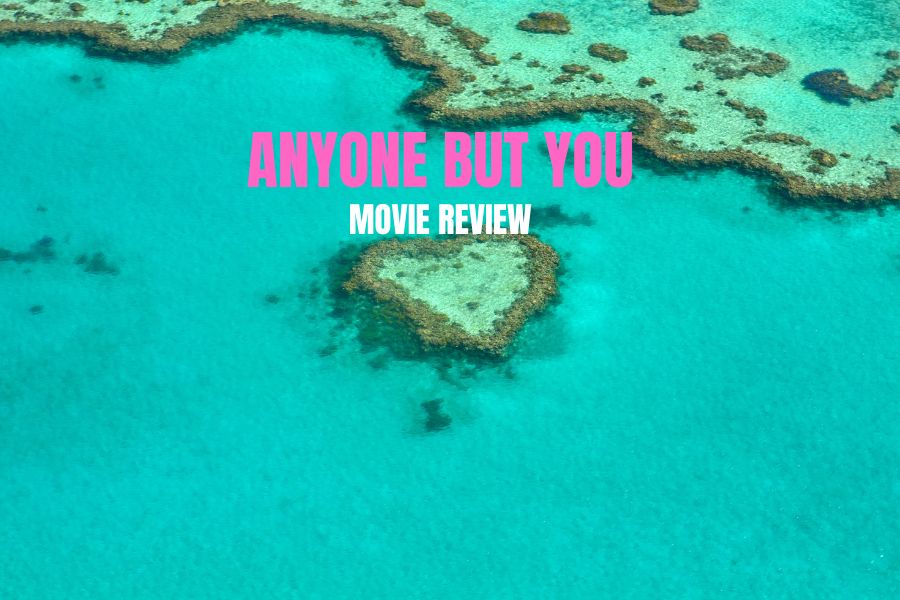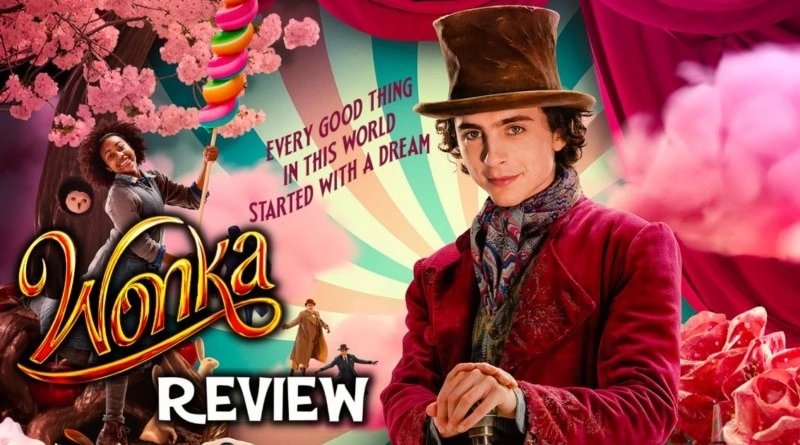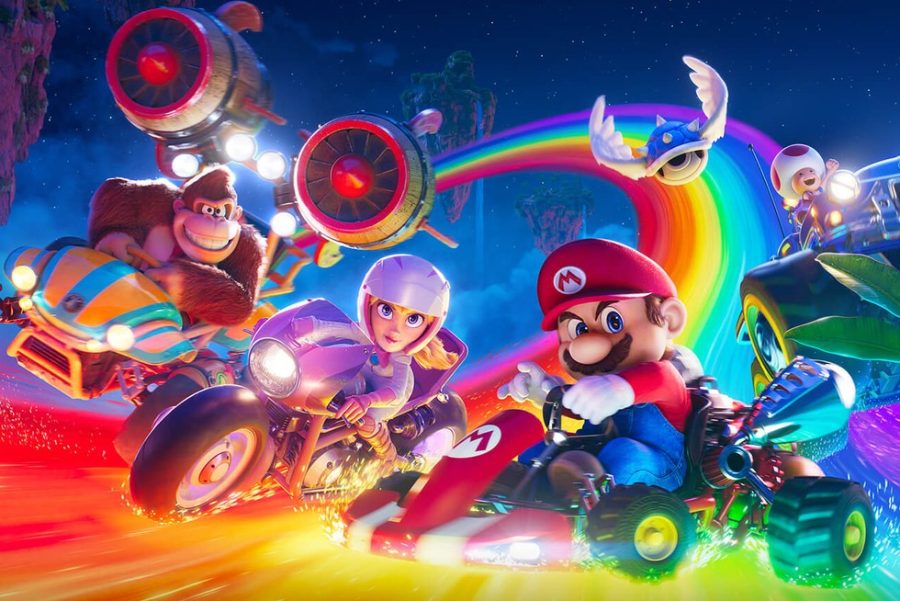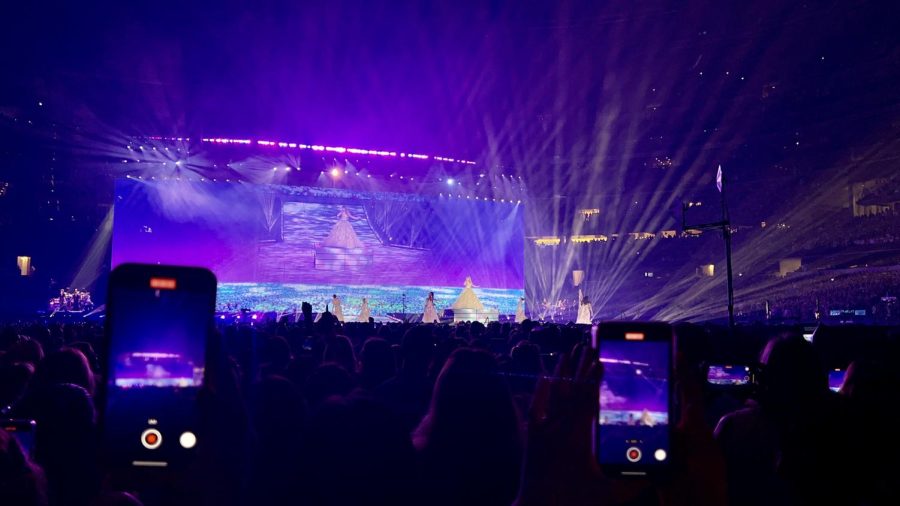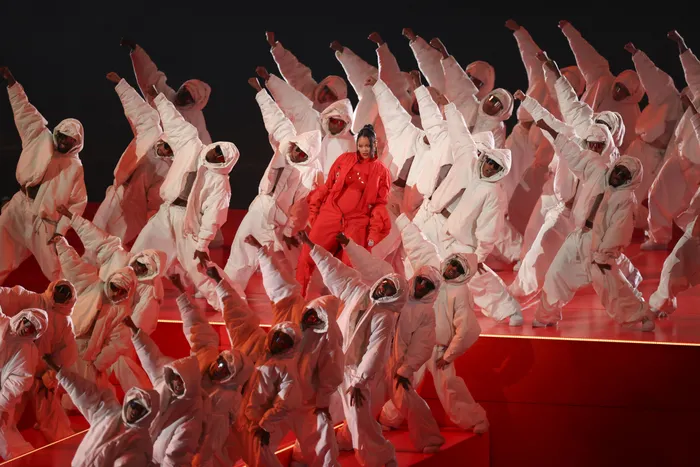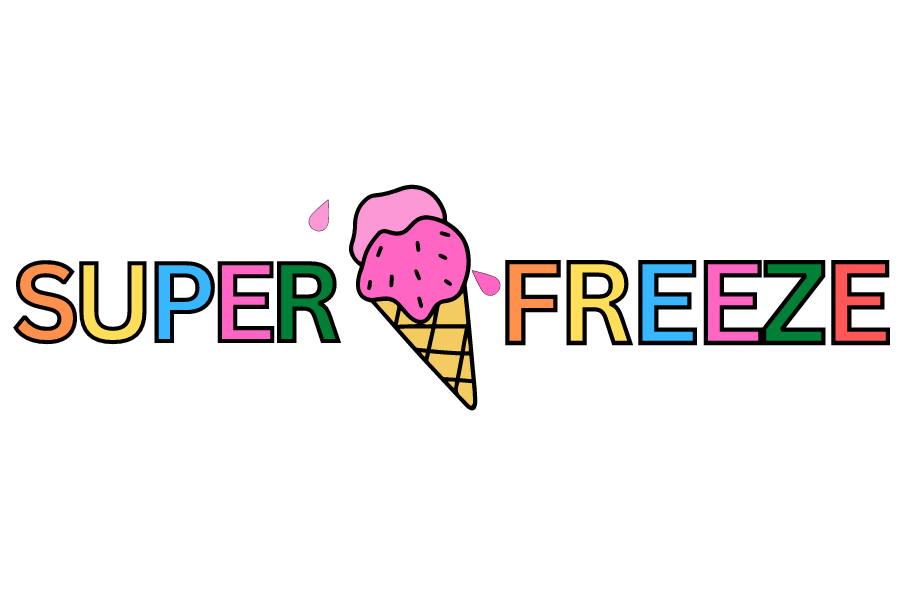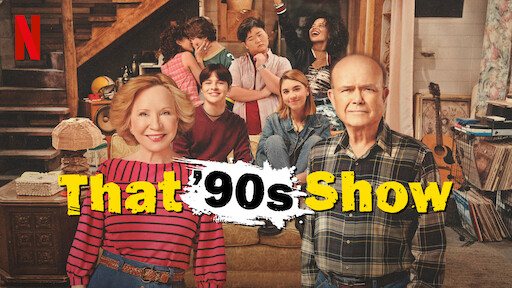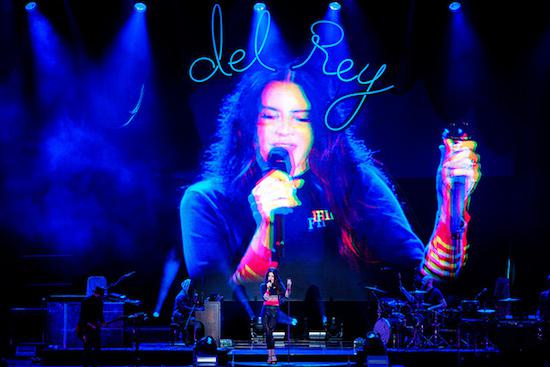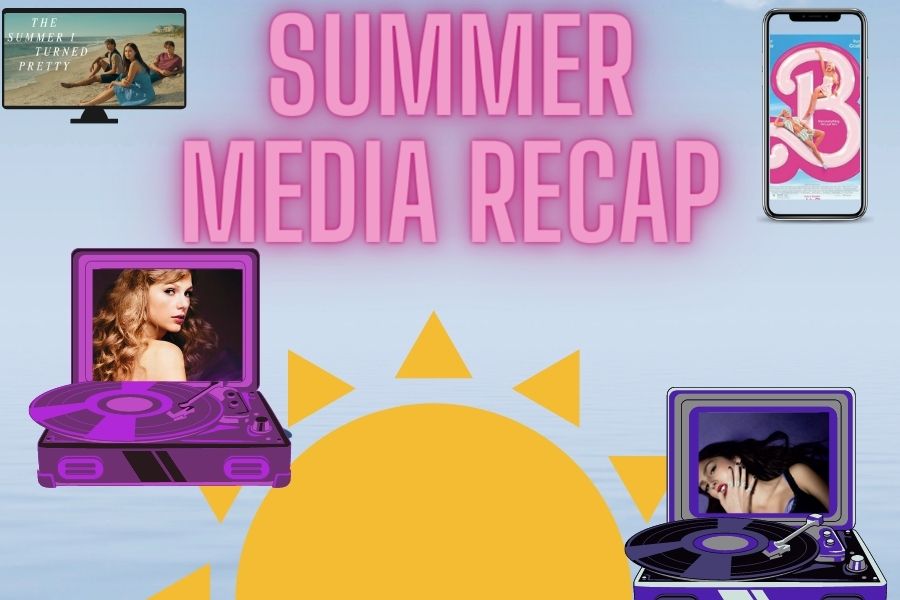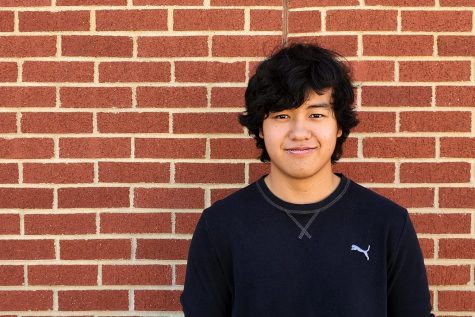The magic of Disney has long been triumphant in finding the perfect balance between cultural identities and historical mythology. “Frozen” was loosely based around Norse folklore in Scandinavia, while “Moana” regaled tales that derived from Polynesia, and plenty more films told stories originating from various corners around the world. But what’s striking is Disney’s latest project, “Raya and The Last Dragon,” which despite relying more heavily on the mythological aspect in animated films, is surprisingly accurate in depicting various Southeast Asian cultures as well. In fact, it does so more successfully than previous films of similar nature. It’s clear that “Raya” draws influence from films like “Frozen” and “Moana,” but it still manages to carve out it’s own unique identity that celebrates beautiful and detailed visuals, but also a rather compelling storyline.
Set in the fantasy world of Kumandra, a young Raya (Kelly Marie Tran), has long heard stories about the last dragons that coexisted peacefully with humans centuries ago. But when monsters known as the Druun invaded Kumandra, turning people into stone in the process, the dragons sacrificed themselves to save humanity by combining their essence into a single stone. The stone was used by the last dragon Sisu, to prevent a full-blown apocalypse, and it is said that she sacrificed herself in the process. However, legend has it that Sisu survived, and could be the key to uniting the now warring clans of Kumandra. In an attempt to unite the clans, who are now at the brink of war, Raya embarks on a quest to find Sisu and the fragments of the stone.
What’s immediately noticeable is the incredible amount of detail that is within each frame and setting. Every place that Raya visits seems explorable and filled with various background chatter, something many animated films deem unnecessary. While buildings, people, and the dragons themselves bear resemblance to cliche depictions found in Asian cinema, they manage to find a certain endearment that feels both homely and comfortable, in a strangely magnetic way. It’s obvious why Raya loves her home, and is so driven to save it. It’s small details found within each setting that elevate this film, and having great character design complete with a vibrant color scheme only furthers solidifies this film as animated marvel.
The storyline itself may seem rudimentary at first – a hero and companions seek out a mythical beast in order to save their home (pretty much exactly like “Moana”) – but “Raya” still manages to find uniqueness in a frankly oversaturated narrative. This is largely due to both the depth and nuance of the writing, and the gravitation away from dumbing concepts down for children, something that really has transcended throughout Disney films. The writers understand that children can grasp complex plots and mature themes, which really signifies what “Raya” is all about: unity amongst existing divisions. While this film can be enjoyed as just a typical animated adventure saga, the political and social criticisms made within it not only educate young audiences on how our society can be emotionally rebuilt, but also reminding adults why unity was so precious, and direly needed, in the first place.
Of course, being an animated film, the story still needs compelling characters that bring heart and comedy to contrast the sincere undertones. What’s refreshing is that each character is not only designed beautifully, but the voices behind those characters fit almost seamlessly, as if each combination was strategically engineered to be overwhelmingly believable. Accompanying Raya on her quest is the eye-patched giant Tong (Benedict Wong), the crafty and convivial child cook Boun (Izaac Wang), and also Con Baby, a baby who used her cuteness as a alleyway con artist (my favorite character by far). Sisu the dragon is voiced by Awkwafina, and both the design of the dragon and the animated facial expressions seemed to fit her voice and personality perfectly. The crew is pursued by a rival clan’s princess named Namaari (Gemma Chan), who’s character teaches audiences that villains often have two sides to them, and being the bad guy is sometimes simply based on perspective. And voice actor Alan Tudyk regales his role of voicing creatures (Hei Hei the chicken in “Moana,” and Dodo birds in “Ice Age”) to voice Tuk Tuk, Raya’s companion that’s a mix between an armadillo, a roly poly, and a pug.
“Raya and The Last Dragon,” could have very easily have become just another princess adventure movie that has been produced countless times before. It has the characters, the potential, and the archetypes that fit seamlessly into that kind of narrative. Yet, “Raya” is something so much more. It’s a story about the imperfections and uncertainties we face when we try to be courageous, when we try to be the hero. It’s a story about acceptance and the power of forgiving on both a personal level, and a societal one. And it’s a story that pays due homage to the rich culture and ancient mythology of Southeast Asia, while finding the exact right moments for comedy and heart. The visuals speak for themselves, and the intense attention to detail creates stunning animations that celebrate how far our ability to create art has come. My only regret however, is not being able to see the magic all unfold in a crowded theater with friends.
Rating: A



